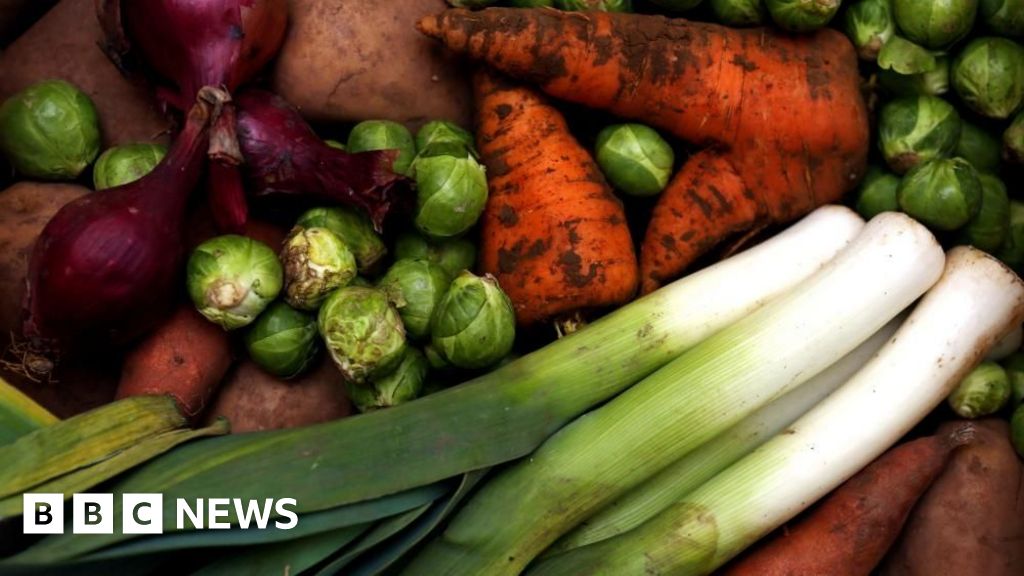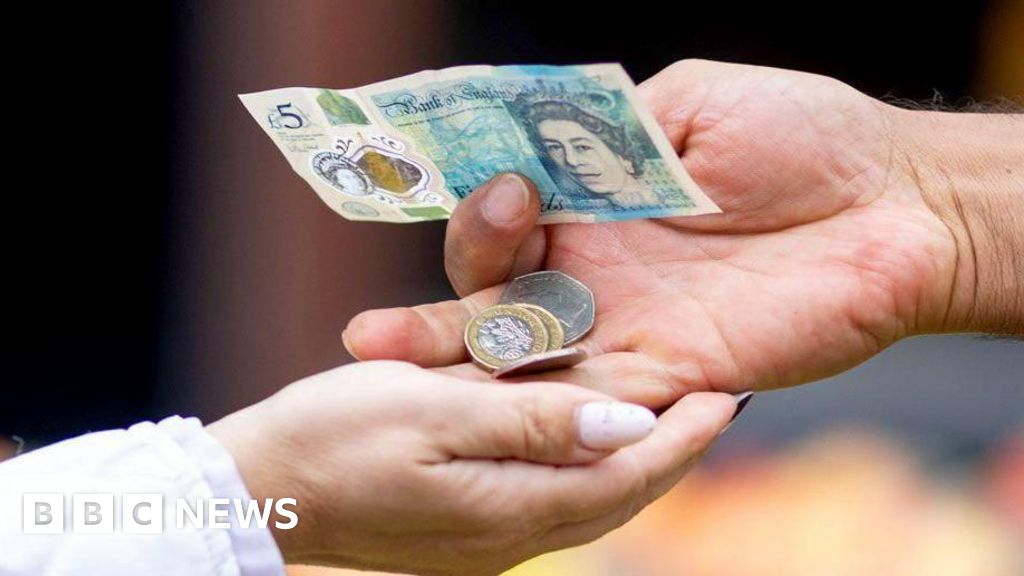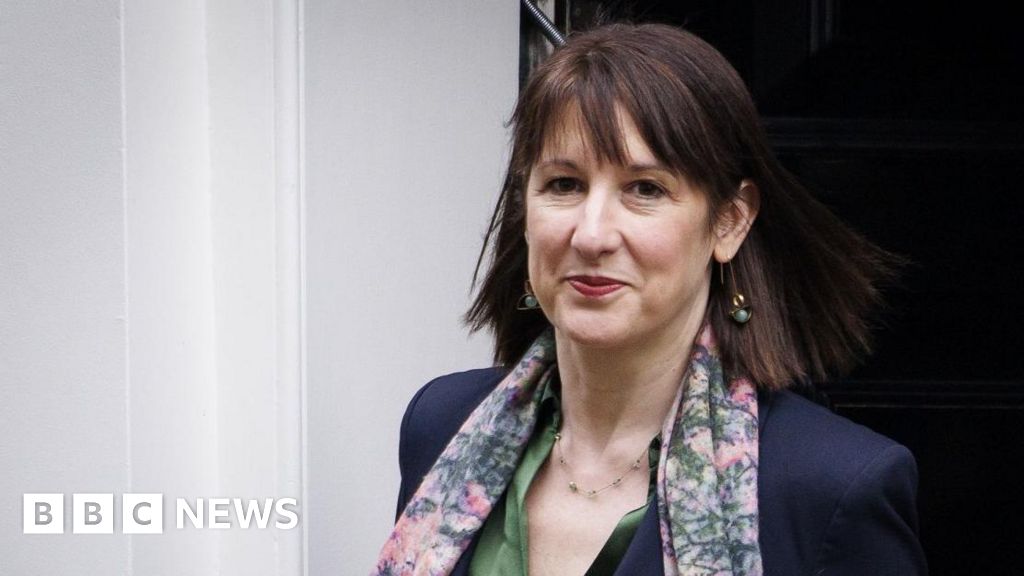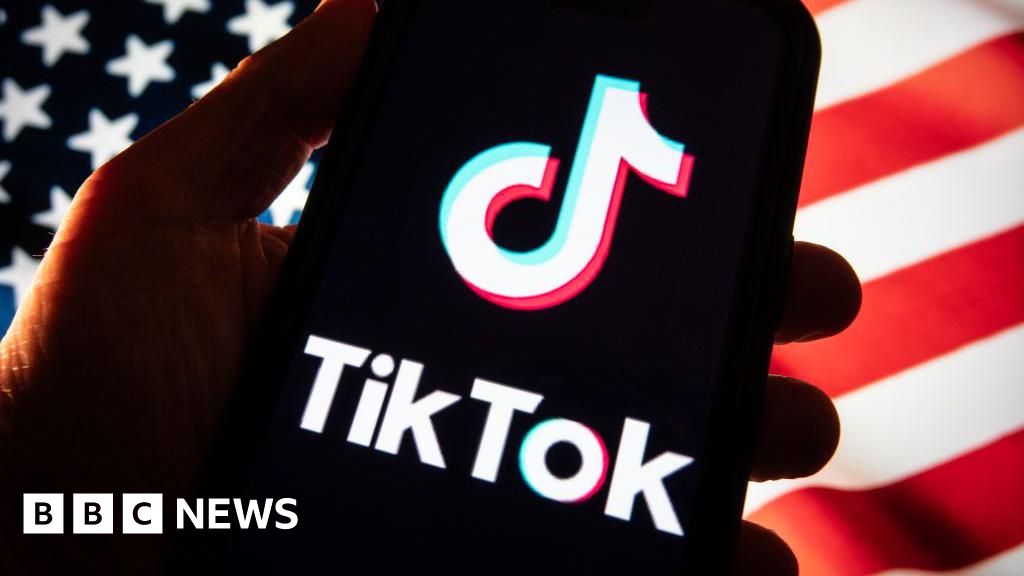
 Getty Images
Getty Images
Rising prices are a key factor in the health of our own finances - and that is particularly true at this time of year.
The rate of rising prices, known as inflation, charts not only how much we pay in the shops, but also by how much benefits rise each year.
The inflation figure published on Wednesday - 1.7% - is the one normally used by the government when setting the rise in benefits in April.
It also comes just two weeks before the new Labour government's defining first Budget.
Here are some of the ways in which it will directly affect you and the money in your pocket.
Universal credit and other benefits
The amount paid in some benefits should, by law, rise at least in line with prices.
They include all the main disability benefits, such as personal independence payment, attendance allowance and disability living allowance, as well as carer’s allowance.
Others, including universal credit, which is claimed by seven million people, are expected to rise in line with the inflation rate, but that is a decision for ministers.
Convention has September's Consumer Prices Index (CPI) measure of inflation as the benchmark for this uprating, which is 1.7%.
That is less than the 6.7% rise in the April just gone, which reflected a higher rate of rising prices a year ago.
In pounds and pence, it suggests that the standard allowance of universal credit, for a single person aged under 25, will go up by £5.30 a month to about £317.
For a couple aged over 25, the rise is likely to be £10.50 to £628 a month, according to investment platform AJ Bell.
However, it is worth remembering that the amount received in universal credit depends significantly on your circumstances, such as earnings, children, or disabilities.
Some 58% of universal credit claimants are women, and 38% of the total are working.
Why the benefit rise could have been higher
It is a matter of timing that sees the likelihood of a relatively small increase in benefits.
September's inflation figure has been seen as surprisingly low by analysts.
Equally, a rise in energy bills, which took effect at the start of this month, is expected to push the inflation rate back up again when the next data is published in a month's time - too late for the link to benefits.
The government, specifically the work and pensions secretary (no doubt working very closely with the chancellor), can decide to set a higher rate of increase for benefits. Charities would welcome such a move, but it would be extremely unlikely.
So, it is expected, for example, that someone receiving attendance allowance, or the highest rate of personal independence payment, would see an increase of about £1.85 a week in April.
Bigger increase for the state pension
The rise in the state pension in April is government not only by inflation, but by what is known as the triple lock.
Under that arrangement, the state pension goes up each year by either 2.5%, inflation, or earnings growth - whichever is the highest figure.
This time around, the latest data has confirmed the highest is earnings growth - at 4.1%. This is expected to mean:
- The full, new flat-rate state pension (for those who reached state pension age after April 2016) is expected to increase to £230.30 a week. That will take it to £11,975 a year, a rise of £473 compared with now.
- The full, old basic state pension (for those who reached state pension age before April 2016) is expected to go up to £176.45 a week. That will take it to £9,175 a year, a rise of £361 compared with now.
It is worth noting that millions of pensioners will lose their winter fuel payment, worth up to £300, as a result of a government cut.
Interest and mortgage rate cuts more likely

 Getty Images
Getty Images
As inflation is now below the Bank of England's 2% target, it paves the way for further interest rate cuts.
That would make borrowing money less expensive, but could mean lower returns for savers.
Analysts say there is now a greater likelihood of an interest rate cut by the Bank in December, after a widely expected reduction from the current level of 5% in November.
That could give mortgage lenders more confidence to reduce the interest they charge on new fixed-rate home loans.
Many people face higher monthly repayments, as rates are higher than many were accustomed to for a decade.
However, there remains some nervousness among borrowers about what will happen in the Budget, announced by Chancellor Rachel Reeves on 30 October.
Government sources have told the BBC that she is looking to make tax rises and spending cuts to the value of £40bn.

 3 months ago
22
3 months ago
22









